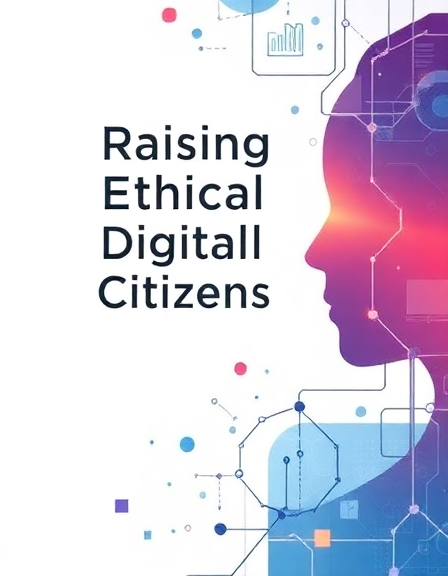
Divu John Yohannan
IGCSE Business Studies: Understanding Business Activity
0 reviews
Chapters
9
Language
English
Genre
Published
June 23, 2025
Synopsis
This guide provides a foundational understanding of business activity for IGCSE Business Studies students, beginning with the basic economic problem of unlimited wants versus limited resources, leading to scarcity and the necessity of choices, introducing the concept of opportunity cost. It then details the four factors of production—Land, Labour, Capital, and Enterprise—explaining the reward associated with each, and explores the benefits and drawbacks of specialization in production. The core purpose of business activity is defined, focusing on the creation of added value, methods to increase it, associated challenges, and practical examples. The book classifies businesses into the primary, secondary, and tertiary sectors, discussing historical shifts like industrialization and de-industrialization and highlighting the crucial interdependence between these sectors. It differentiates between the private sector (profit-driven) and the public sector (service-driven, government-funded), and introduces non-profit organizations and the concept of a mixed economy. Entrepreneurship is explored, defining an entrepreneur, outlining qualities for success, and discussing the benefits and disadvantages of this path. The importance and content of a business plan are detailed, along with its benefits. The guide examines business growth, comparing internal and external methods (including horizontal, vertical, and conglomerate integration through mergers and takeovers), discussing drawbacks of growth, reasons why some businesses remain small, and common causes of business failure, particularly the higher risk for new businesses. Various forms of business organizations are covered, starting with the fundamental concept of limited versus unlimited liability. It describes sole traders and partnerships (including the partnership deed), then delves into companies, explaining shares, shareholders, dividends, limited liability, continuity, and the role of the Board of Directors, along with the Memorandum and Articles of Association. A comparison between private and public limited companies is provided, detailing their characteristics, advantages, and disadvantages. Finally, the text introduces other structures like franchises (advantages/disadvantages for both parties), joint ventures, and public sector corporations, outlining their ownership, aims, funding, advantages, and drawbacks. It concludes by explaining the importance of business objectives and common goals like survival, profit, growth, market share, and service, defining internal and external stakeholders, detailing the objectives of various stakeholder groups (shareholders, workers, managers, customers, government, banks, community), and discussing the potential conflicts that arise from their differing objectives.
More Books by the Author
Create Your Own Book
Inspired by what you've read? Turn your ideas into reality with FastRead's AI-powered book creation tool.
Start Writing Now



